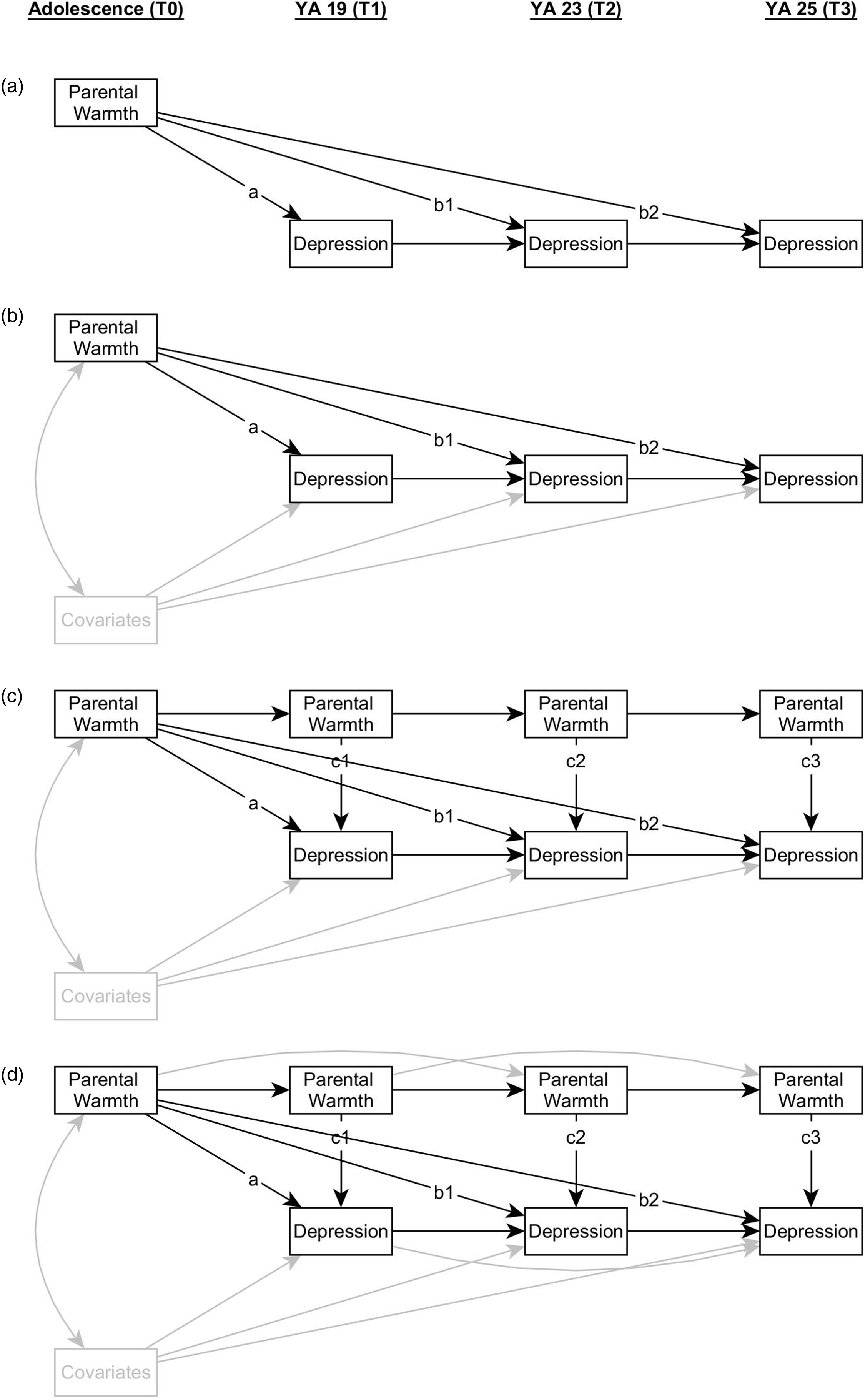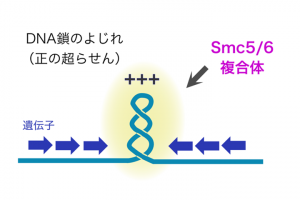2024-01-26 ワシントン大学セントルイス校
◆総合的な傾向は増加していますが、一部の腫瘍タイプや特定の女性グループでは減少が見られており、年齢、人種、腫瘍のタイプ、腫瘍のステージなどの特性に基づく若い女性の病気の変化は、可能な予防戦略の手がかりを提供する可能性があります。
<関連情報>
- https://source.wustl.edu/2024/01/breast-cancer-rates-increasing-among-younger-women/
- https://jamanetwork.com/journals/jamanetworkopen/fullarticle/2814306
20~49歳の米国女性における乳癌罹患率:人種、病期、ホルモン受容体の状態別 Breast Cancer Incidence Among US Women Aged 20 to 49 Years by Race, Stage, and Hormone Receptor Status
Shuai Xu, MPH; Sara Murtagh, MD; Yunan Han, MD; et al
JAMA Network Open Published:January 26, 2024
DOI:10.1001/jamanetworkopen.2023.53331

Key Points
Question What are the long-term trends in breast cancer incidence among women aged 20 to 49 years?
Findings In this population-based, cross-sectional study using data from Surveillance, Epidemiology, and End Results, age-standardized, age-cohort–adjusted, and age-period–adjusted breast cancer incidence rates increased over the past 20 years among different races in different age groups. Incidence rates for estrogen receptor (ER)-positive, stage I, and stage IV tumors increased, while rates decreased for ER-negative, stage II, and stage III tumors.
Meaning These results suggest that understanding factors driving differential trends in incidence rates for different age groups by race and ER-positive status should provide insights into breast cancer prevention in young women.
Abstract
Importance Breast cancer in young women has a less favorable prognosis compared with older women. Yet, comprehensive data on recent trends and how period and cohort effects may affect these trends among young women are not well-known.
Objective To evaluate breast cancer incidence among young women in the US over a 20-year period by race and ethnicity, hormone receptor status (estrogen receptor [ER] and progesterone receptor [PR]), tumor stage, and age at diagnosis, as well as how period and cohort effects may affect these trends.
Design, Setting, and Participants This cross-sectional study used data from Surveillance, Epidemiology, and End Results 17 registries (2000-2019). Women aged 20 to 49 years with a primary invasive breast cancer were included. Data were analyzed between February and June 2023.
Main Outcomes and Measures Age-standardized incidence rates (ASIR), incidence rate ratios (IRR), and average annual percent changes (AAPC) stratified by race and ethnicity, hormone receptor status, tumor stage, and age at diagnosis.
Results Out of 217 815 eligible women (1485 American Indian or Alaska Native [0.7%], 25 210 Asian or Pacific Islander [11.6%], 27 112 non-Hispanic Black [12.4%], 37 048 Hispanic [17.0%], 126 960 non-Hispanic White [58.3%]), the majority were diagnosed with an ER+/PR+ tumor (134 024 [61.5%]) and were diagnosed with a stage I tumor (81 793 [37.6%]). Overall, invasive breast cancer incidence increased (AAPC, 0.79; 95% CI, 0.42 to 1.15), with increasing trends across almost all racial and ethnic groups. ASIR increased for ER+/PR+ (AAPC, 2.72; 95% CI, 2.34 to 3.12) and ER+/PR- tumors (AAPC, 1.43; 95% CI, 1.00 to 1.87), and decreased for ER-/PR+ (AAPC, -3.25; 95% CI, -4.41 to -2.07) and ER-/PR- tumors (AAPC, -0.55; 95% CI, -1.68 to 0.60). For women aged 20 to 29 and 30 to 39 years, ASIRs were highest among non-Hispanic Black women (age 20-29 years: IRR, 1.53; 95% CI, 1.43 to 1.65; age 30-39 years: IRR, 1.15; 95% CI, 1.12 to 1.18). For women aged 40 to 49 years, ASIR was lower for non-Hispanic Black women (IRR, 0.96; 95% CI, 0.94 to 0.97) compared with non-Hispanic White women. Incidence rates increased for stages I and IV tumors but decreased for stage II and III tumors. Age-period-cohort analysis demonstrated both cohort and period effects on breast cancer incidence (P < .001).
Conclusions and Relevance In this population-based cross-sectional analysis, an increase in breast cancer incidence rates among young US women and age-related crossover between non-Hispanic White and Black women were observed. Prevention efforts in young women need to adopt a targeted approach to address racial disparities in incidence rates observed at different age phases.


